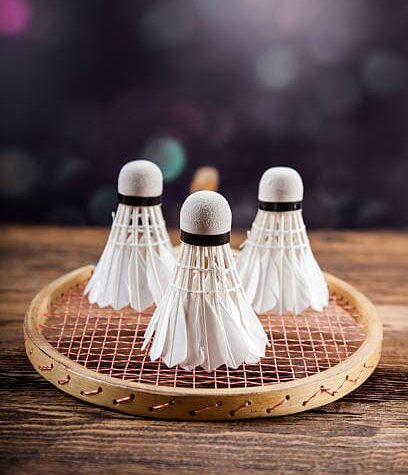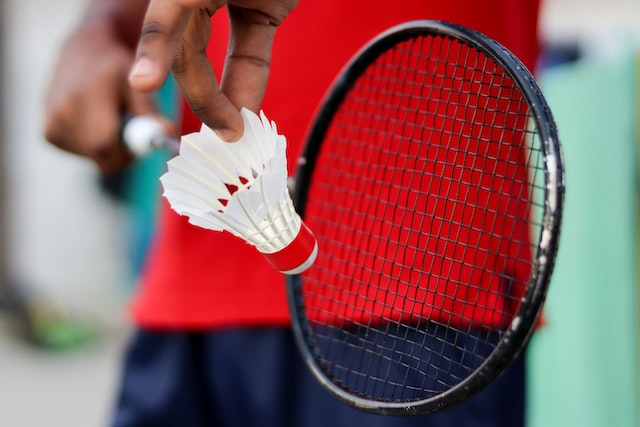Badminton, a sport with a rich history and tradition, has undergone significant changes over the years, especially in racquet design and technology. From humble beginnings to cutting-edge advancements, the journey of badminton rackets demonstrates a relentless pursuit of performance and player satisfaction. Let’s dive into the fascinating evolution of badminton rackets, exploring the major milestones, innovative features, and consider issues casinos sin licencia en España , which can affect gameplay and player safety.
Historical Roots
The origins of badminton date back centuries, with early versions of the game played in ancient civilizations across Asia and Europe. However, it was in 19th century British India that badminton took its recognizable form. Initially played with simple wooden rackets strung with natural gut, the equipment mirrored the simplicity of the sport’s early days. As the game gained popularity globally, manufacturers began experimenting with different materials and designs to improve racket performance.
Early Innovations
In the early 20th century, laminated wooden rackets emerged, offering enhanced durability and power. These rackets featured layers of wood glued together, providing better stability and control during gameplay. However, it wasn’t until the mid-20th century that badminton rackets witnessed a significant breakthrough with the introduction of metal frames. Aluminum became a popular choice due to its lightweight yet sturdy nature, revolutionizing racket design and paving the way for further advancements.
Technological Revolution
The latter half of the 20th century marked a period of rapid technological advancement in badminton racket manufacturing. Materials such as graphite, carbon fiber, and titanium began to dominate the industry, offering unparalleled strength, flexibility, and power. Graphite rackets, in particular, gained widespread popularity due to their exceptional performance characteristics, including lightweight construction and superior shock absorption.
Table: Evolution of Badminton Rackets Materials
| Era | Materials |
| Early 20th | Wood |
| Mid 20th | Aluminum |
| Late 20th | Graphite, Carbon Fiber, Titanium |
| 21st Century | Nanomaterials, Composites |
Modern Marvels
In the 21st century, badminton rackets continue to evolve, driven by advancements in materials science and engineering. Nanotechnology has enabled the development of ultra-lightweight yet incredibly strong rackets, offering players unprecedented levels of maneuverability and power. Additionally, the use of computer-aided design (CAD) and simulation techniques allows manufacturers to optimize racket geometry for maximum performance and efficiency.
Impact on Players
The evolution of badminton rackets has not only transformed the equipment but has also had a profound impact on players of all levels. Professional athletes benefit from the technological advancements by wielding rackets that offer unrivaled power, control, and precision, allowing them to push the boundaries of their performance on the court. Moreover, amateur players and enthusiasts also reap the rewards of improved racket design, experiencing greater comfort, stability, and ease of play. As a result, the sport becomes more accessible and enjoyable for a wider range of participants, fostering growth and diversity within the badminton community. Additionally, the evolution of badminton rackets has inspired a culture of innovation and experimentation, with manufacturers constantly pushing the limits of design and engineering to create the next generation of cutting-edge equipment. This relentless pursuit of excellence ensures that the legacy of innovation in badminton racket development continues to thrive, shaping the future of the sport for generations to come.
FAQs:
Q: How has the evolution of badminton rackets impacted gameplay?
A: The evolution of badminton rackets has significantly impacted gameplay by enhancing power, control, and maneuverability. Modern rackets allow players to generate more racket head speed, resulting in faster shuttle speeds and more potent smashes.
Q: Are there any regulations regarding the design and materials of badminton rackets?
A: Yes, the Badminton World Federation (BWF) imposes strict regulations on racket dimensions, weight, and materials to ensure fair play and maintain the integrity of the sport. Rackets that do not comply with these regulations are not permitted for use in official competitions.
Q: What are some key factors to consider when choosing a badminton racket?
A: When choosing a badminton racket, players should consider factors such as weight, balance, stiffness, and grip size. The right racket will depend on individual playing style, skill level, and personal preferences.
In, the evolution of badminton rackets reflects the continuous quest for excellence and innovation within the sport. From humble wooden beginnings to high-tech marvels, these essential pieces of equipment have undergone remarkable transformations, shaping the way the game is played and enjoyed today. As technology continues to advance, one can only imagine what the future holds for the next generation of badminton rackets.










More Stories
What is the Most Common Badminton Injury
What is the Hardest Skill in Badminton
What you need to take to the pool: a list for swimming lessons